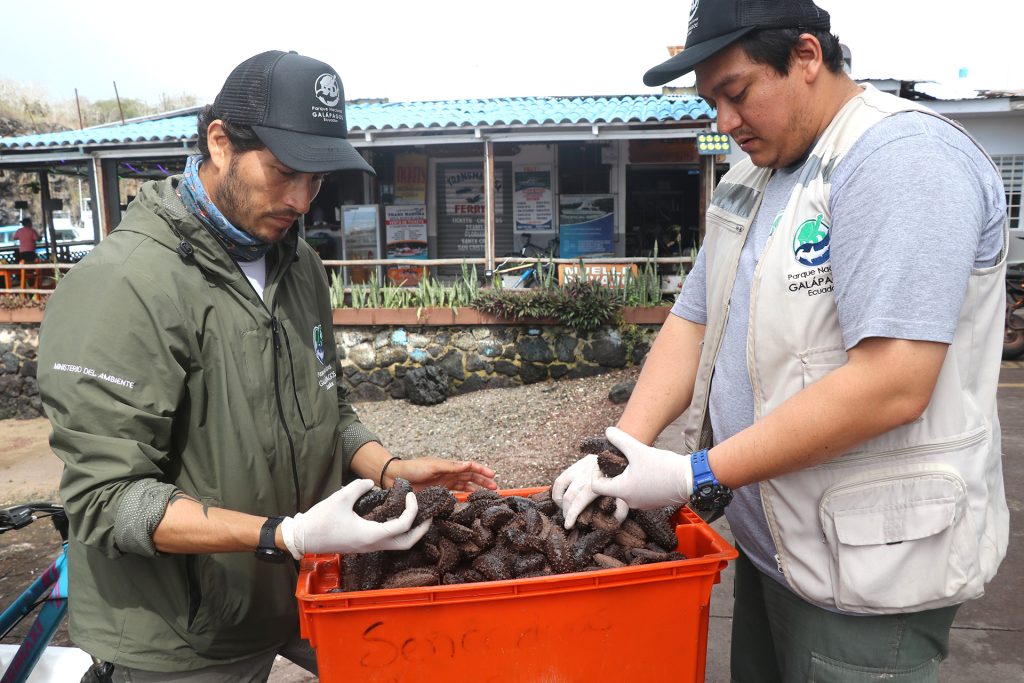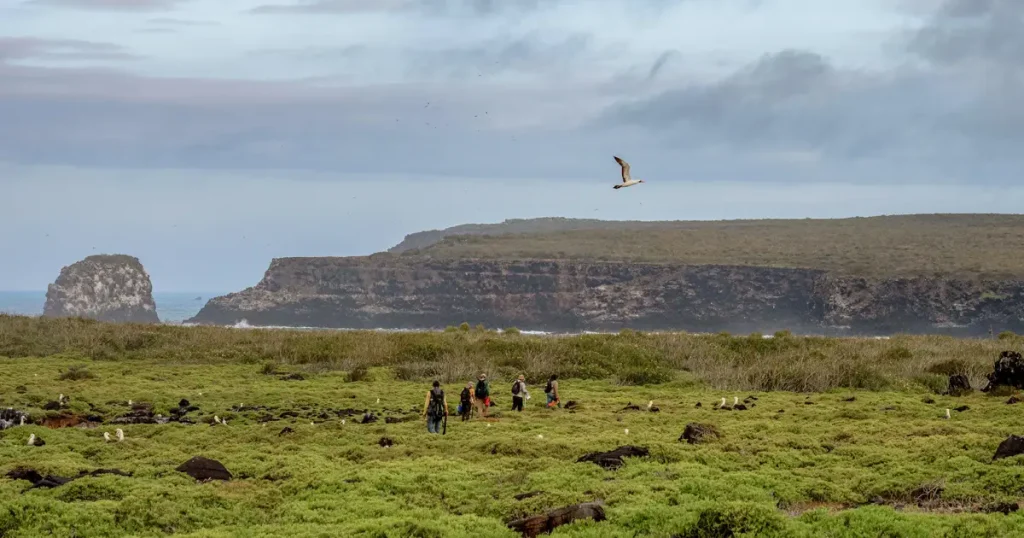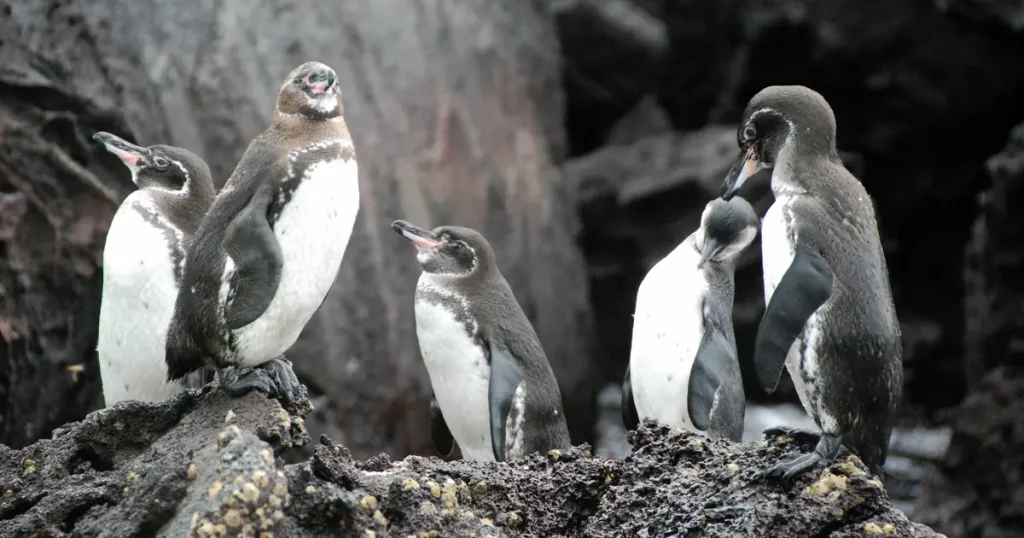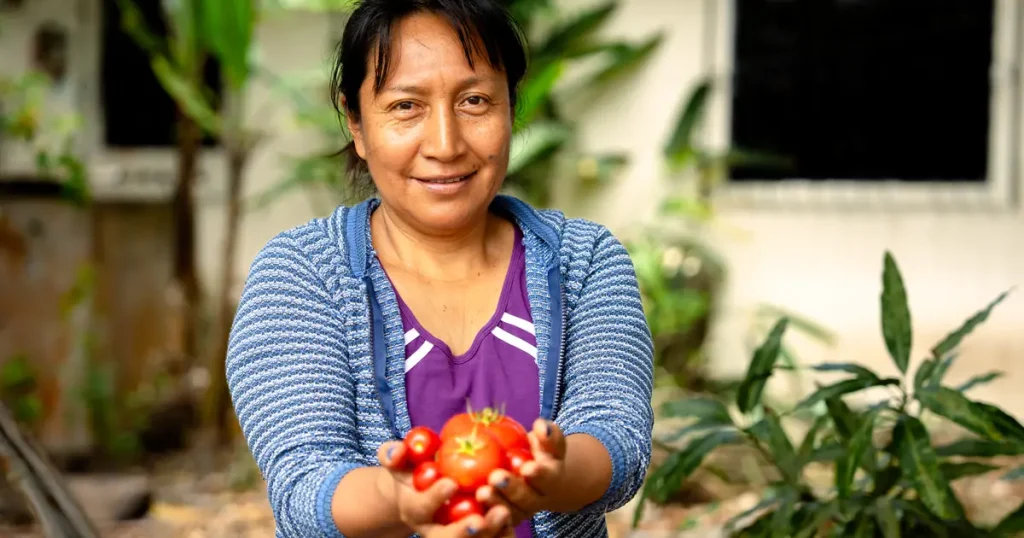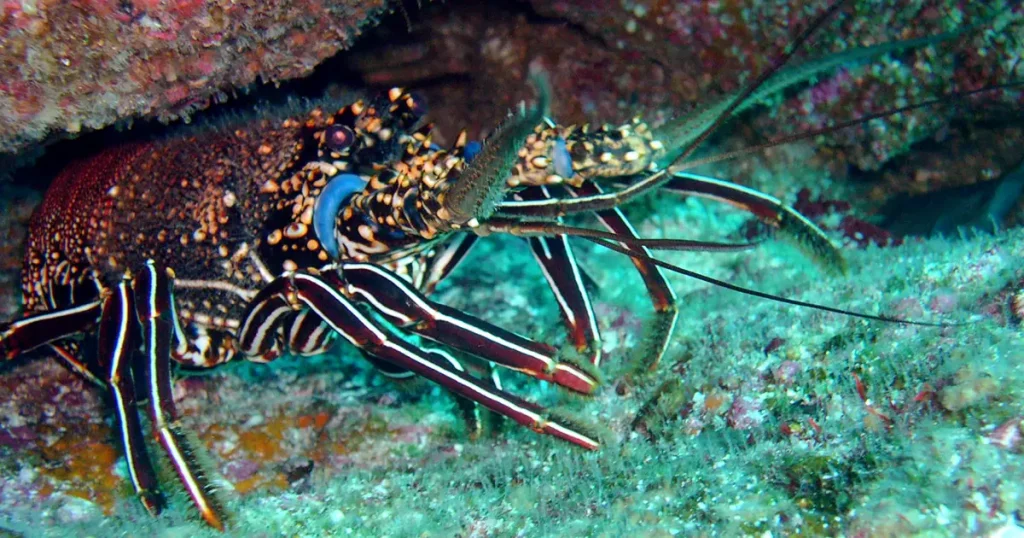Sea Cucumber Fishery in Galápagos: A Pursuit of Sustainability
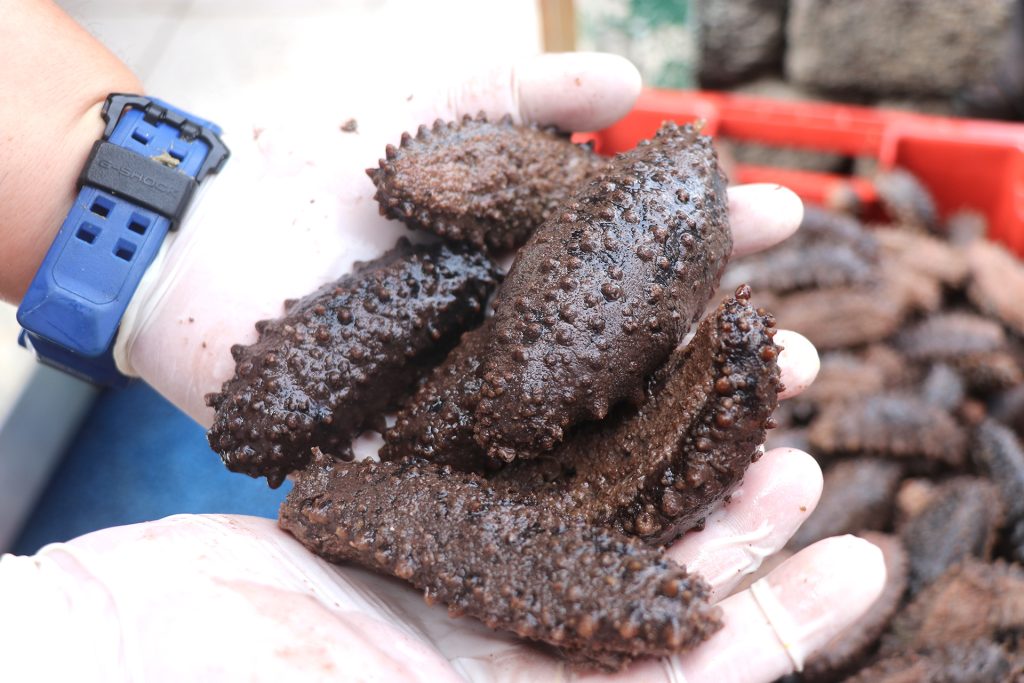
The Galápagos Archipelago, known for its extraordinary biodiversity and unique ecosystems, also supports human communities that have historically relied on its resources. The sea cucumber, particularly the Isostichopus fuscus species, is one of these resources.
Sea cucumbers play an important role in the marine ecosystem by acting as natural ocean cleaners. They consume debris and sediment while purifying it. This activity is critical for keeping marine ecosystems healthy and balanced. As a result, both socioeconomically and ecologically, the sustainable management of the sea cucumber fishery within the Galápagos Marine Reserve is critical.
A new sea cucumber fishery was authorized in the Galápagos Marine Reserve on October 1, 2023. This decision was informed by stringent technical criteria outlined in the five-year fishing calendar and supported by extensive monitoring, which indicated that the sea cucumber population had recovered sufficiently. To ensure the ongoing conservation and sustainable use of this important marine resource, the opening of any fishery in the region is approached with caution and responsibility.
Sea cucumbers can only be harvested by local fishermen who have valid Artisanal Fishermen of the Marine Reserve (PARMA) licenses issued by the Galápagos National Park Directorate (GNPD). These permits also allow them to participate in other approved fisheries within the Galápagos Marine Reserve, subject to strict sustainability regulations and guidelines.
Commitment to Sustainability and the Future
The established catch quota of 600,000 sea cucumbers, set by Environmental Authority Resolution No. 203 for the current year, was reached on October 25. The period for sea cucumber commercialization and transportation ended on November 2, 2023.
This shows a strong commitment to balancing resource use and conservation. THe fishery was restricted to specific islands, while key conservation areas, such as the Bolívar Channel, were designated as nursery zones with no harvesting allowed.
Galápagos Conservancy wholeheartedly supports a management approach that recognizes ecosystems’ ability to sustain local communities. The recent sea cucumber fishery is an example of this approach, demonstrating that it is possible to conserve species and habitats while meeting the needs of local residents.
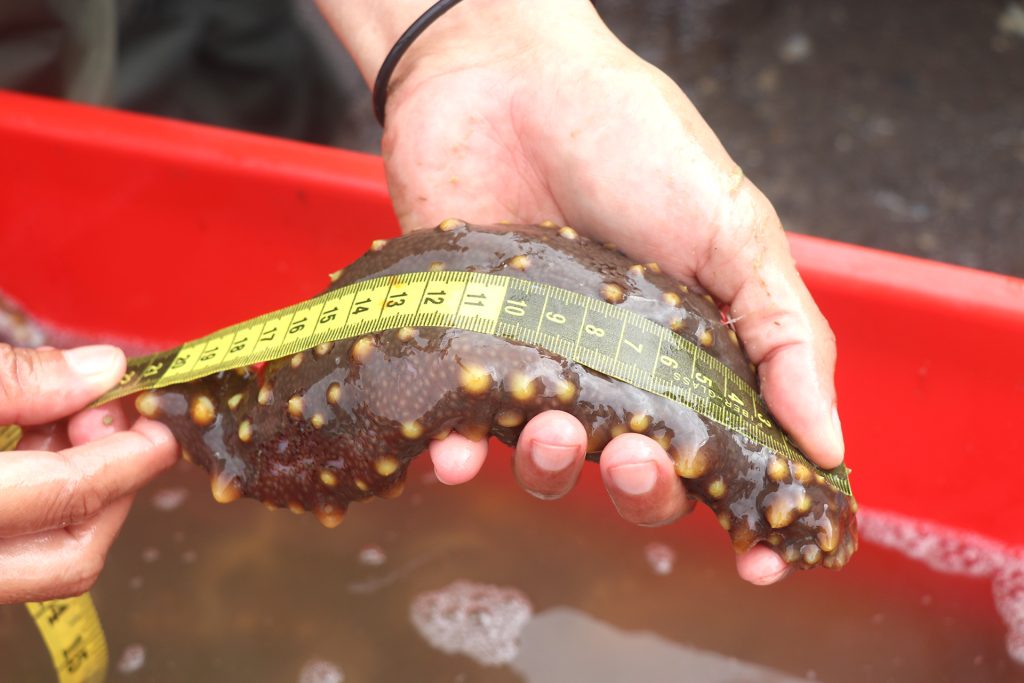
A Global Perspective from Galápagos
The Galápagos Archipelagos’ efforts to foster a harmonious relationship between humans and nature is an inspiring global model. The archipelago’s practices and commitments highlight the necessity and possibility of a sustainable coexistence between nature and humanity, a lesson that is applicable globally.
